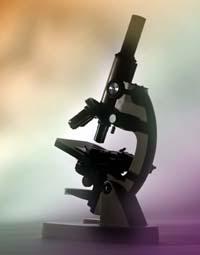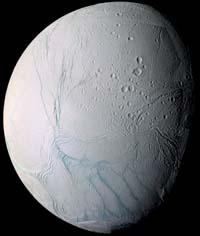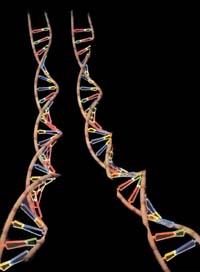Another type of life is possible

Research in laboratories is very important for space missions.
The discovery of a strange, though very basic, way of life would be the most important discovery possible in the exploration of the solar system. But, at the same time, it would be tragic to find a strange life and not value it. In fact, there is currently a risk of this happening, according to the report.
The conditions for the generation of life we know are: liquid water, carbon-based metabolism, molecular system capable of evolving and energy exchange capacity with the medium. But they are not the only ways to create life. Various studies have shown that life is possible even in conditions other than those of the Earth.
In other conditions
So far it has been recognized that the strange life will use the same biochemical architecture as life on Earth. Consequently, throughout history, scientists have limited the field of search to find extraterrestrial life. The acceptance of the need for water for the creation of life, for example, has brought with it the limitation of inhabitable habitats to certain places, such as Mars, where there is liquid water or has ever occurred. However, according to the Research Council, although biochemistry is different, other fluids such as ammonia or formamide can act as biosolvents, that is, they can dissolve substances within the organisms.

There may be areas suitable for the life of Saturn's lunar Encinadas. (Photo: ANDÉN)
There is recent evidence that the moon of Saturn can contain liquid mixtures of water and ammonia inside the Titans. This will give priority to the Titan search missions, the most appropriate place to live in the Solar System. Another of the moons of Saturn, the Encinadas, contains active geisser of water. This suggests that there may be environments suitable for life, and offers Entzelad an important position among the priorities to investigate the strange life.
“It is very important to know what we want to find when looking for life in the Solar System,” explains Counselor John Baross. The search so far has been based on the model of life on Earth, the only one we know. But the advances in biology and biochemistry that have occurred in the last decade show that the basic conditions of life are not as accurate as was thought.
Other options

The basic conditions for creating life are not as concrete as imagined. (Photo: Life Magazine)
In addition to the possibility of other biosolvents, various research shows changes in other basic perspectives of life. On Earth, DNA is composed of four equipared components called nucleotides, but the experiments carried out in synthetic biology have led to genetic codes composed of six or more nucleotides that would guarantee a Darwinist evolution.
In addition, chemistry studies have shown that an organism can assimilate energy from various sources, such as sodium hydroxide reaction and hydrochloric acid. This means that the metabolism of organisms may not be based on carbon.
From now on, space missions will have to adapt to these new approaches and will have to expand the field of life search so that they do not pass, at least, from one living being to another without knowing it!
Published in 7K.
Buletina
Bidali zure helbide elektronikoa eta jaso asteroko buletina zure sarrera-ontzian











